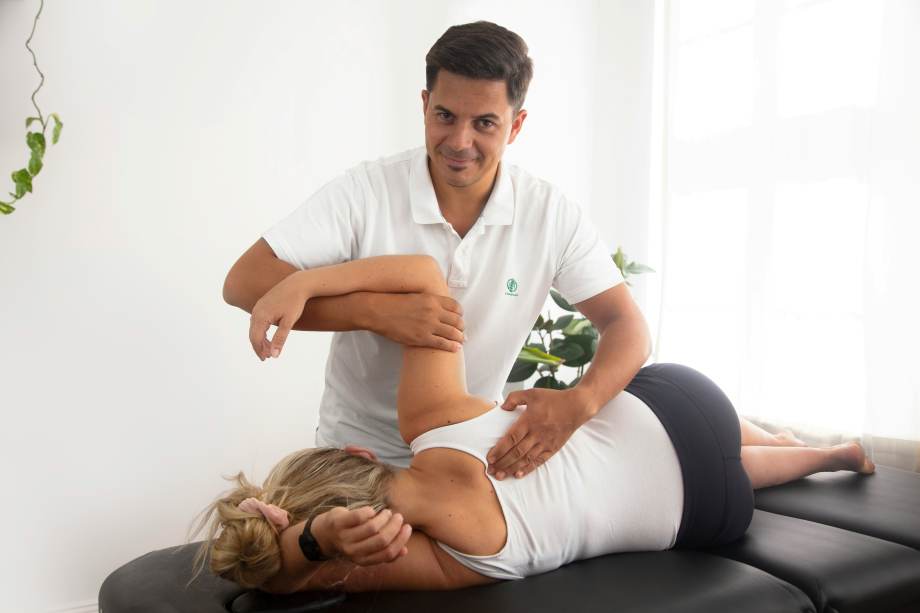Physical therapists help people move better, feel stronger, and live healthier. In this article, we will share the experience and knowledge of a Physical Therapist Dr. Emily Parker. Let’s hear what she shared with us about her experience as Physical Therapist.
“As a physical therapist, I get to help people every day. Whether someone is healing from an injury or learning to walk again, I guide them with care, movement, and education.
First, let’s dive into the roles and responsibilities of a physical therapist and what makes this career so rewarding.
What Does a Physical Therapist Do?

Helping People Move Again
As a physical therapist, I work with people of all ages. Some patients come in with pain, others after surgery or illness. My job is to help them move better and feel stronger through exercise, hands-on care, and advice.
Key tasks I do include:
- Teaching safe movements
- Reducing pain without medicine
- Helping people recover from injuries
- Making sure progress is safe and steady
Key Roles and Responsibilities of a Physical Therapist
1. Assess and Diagnose Movement Problems
The first step is figuring out what’s wrong. I watch how my patients walk, stretch, and balance. I also review their health history and talk to other doctors if needed.
I look at:
- Posture and walking style
- Muscle strength and flexibility
- Pain points and balance
This helps me build a plan just for them.
2. Create a Custom Treatment Plan
Every patient is different. That’s why I build a unique plan for each one. My treatment plans include clear goals and steps to reach them.
Treatment plans may include:
- Stretching and strengthening exercises
- Pain relief tools like heat or TENS
- Balance and posture training
We say, “Movement is medicine”—and we mean it!
3. Provide Hands-On Therapy
Once the plan is ready, I start helping my patients one-on-one. I guide them through exercises and use techniques like massage or joint movement to reduce pain.
I see most patients weekly. If they improve quickly, I update the plan to fit their needs.
4. Educate and Empower
Education is a big part of my job. I teach my patients how to care for themselves at home.
I often teach:
- How to do exercises safely
- How to stay active without pain
- How to avoid future injuries
Knowledge gives patients the power to stay healthy on their own.
5. Monitor Progress
I check in often to see how my patients are doing. If something isn’t working, I adjust the plan.
My goal is always to keep them moving forward—safely and confidently.
Where Physical Therapists Work
I can work in many places, and each one is a little different.
Common settings include:
- Private clinics
- Hospitals
- Nursing homes
- Home healthcare
- Rehab centers
In hospitals, I often work with a team. In home care, it’s mostly me and the patient. It’s important to choose the setting that fits your style best.
Top Skills Every Physical Therapist Needs

To do well in this job, I need both medical and personal skills.
Clinical Skills
These help me treat patients effectively:
- Rehab and recovery planning
- Pain relief techniques
- Understanding body movement
- Patient screenings
Soft Skills
These help me connect with people:
- Clear communication
- Teamwork
- Patience and empathy
- Scheduling and time management
Great PTs are strong in both areas.
Why Choose Physical Therapy as a Career?
Being a physical therapist lets me make a real difference. I get to help people stand, walk, and smile again.
Reasons to consider this career:
- Strong job growth
- High demand
- Meaningful work
- Flexible job settings
Actionable Tips to Learn the Roles and Responsibilities of a Physical Therapist
- Volunteer at a clinic to see daily tasks up close
- Shadow a PT for real-world insights
- Take anatomy classes to learn how the body moves
- Practice clear communication—PTs talk with patients every day
- Stay fit to meet the physical demands of the job”


